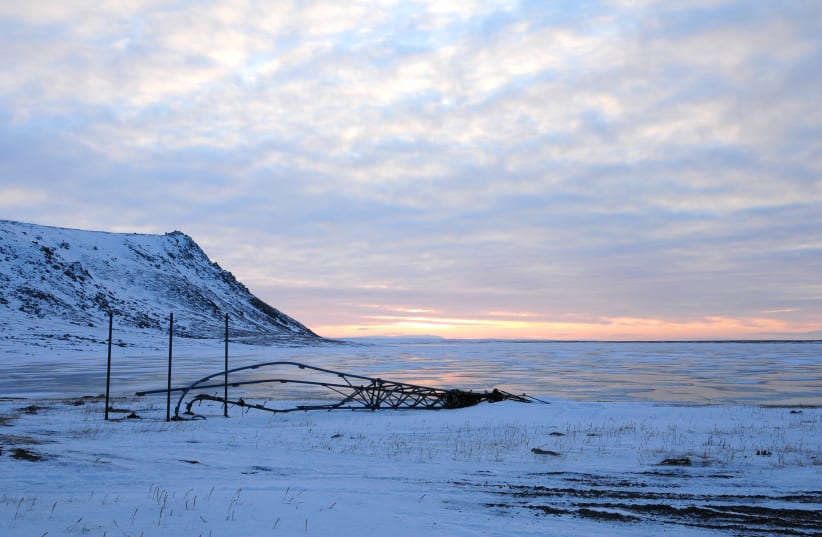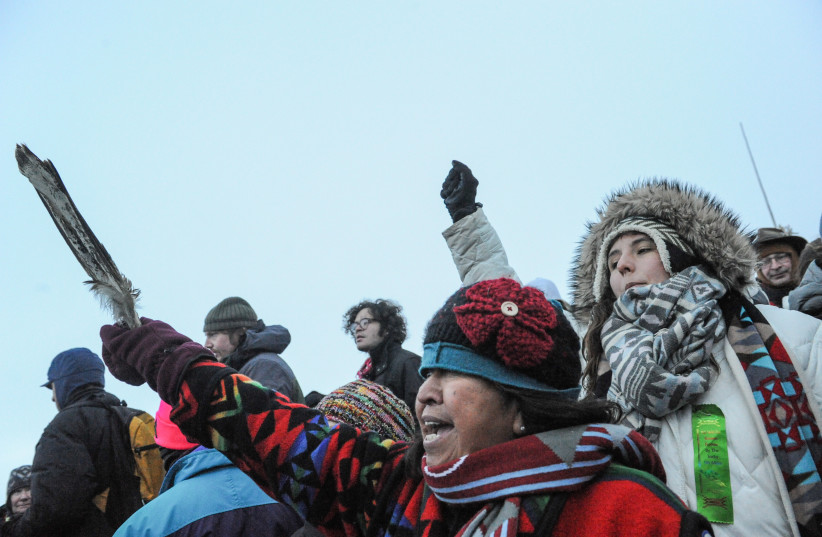Alaskan natives still live in the same location their ancestors inhabited 3,000 years ago, scientists discovered after realizing a set of remains belonged to a human rather than a bear.
The discovery of the remains and their significant meaning to the scientific community was published in a peer-reviewed article, published in the journal iScience on Friday.
How did people get to the Americas?
Researchers have believed that there were three migration routes that early humans used to enter the Americas. This paradigm of thought is quickly being expanded upon as new genetic tests allow for the expansion of data.
Current understandings suggest that there were three waves of migration to the Americas. The first migration was that of all non-Inuit Indigenous peoples. The second wave 6,000 years ago was of the Paleo-Inuit peoples and the people of Dorset culture from Siberia. The third wave of Neo-Inuit peoples and people of the Thule culture.
In the first wave, small groups left the larger East Asian population, roughly 30,000 years ago, and divided again 24,000 years ago. Both populations would have mated with the native Siberian populations, some of whom became known as the Paleo-Siberians. The Paleo-Siberians were the ancestors of the Koryak and Chukchi people. Enclaves of the Paleo-Siberians also entered the Americas in the first wave.
From the population that entered the Americas, three lineages can be traced. Those who moved to the south of ice sheets became the ancestors of non-Innuit Indigenous Americans. Those who didn’t travel further than Alaska, known as the Beringians, are not thought to have survived beyond 9,000 years ago. The third lineage remains a somewhat mystery for the scientific community as only traces have been discovered by the Mesoamerican population.
Increasingly, researchers are finding evidence that leads them to believe that Ancestral Native Americans migrated along the Pacific Northwest Coast. This corridor would have been open earlier than the interior alternative between the Cordilleran and Laurentide ice sheets. While moving along the coast, it is likely the group fractured into the Northern Native Americans and the Southern Native Americans. Limited studies have been carried out on the Northern group because of a lack of available evidence. In spite of the limited data, it is believed that these groups share genomes with the modern Indigenous Americans in the group.
Why are the remains significant?
Bones from 1050 AD, which were found in Lawyer’s Cave in the Tlingit Territory in Alaska, were originally thought to have belonged to a bear. Genetic testing later proved the bones to be of a human female. The native tribe associated with the area named the woman as Tatóok yík yées sháawat, which translates to ‘Young lady in cave.’
Genetic testing confirmed that Sháawat is related to the Tlingit people and nearby tribes. Sháawat’s bones, which were found dressed in a shawl and shell beads, are only the second to have been found in Southeast Alaska that have been confirmed as human.
The first remains found had a genetic relationship to the Northern Native Americans, suggesting that there were at least 10,000 years of genetic continuity.
However, these bones were not proven to be genetically connected to tribes in the region.

